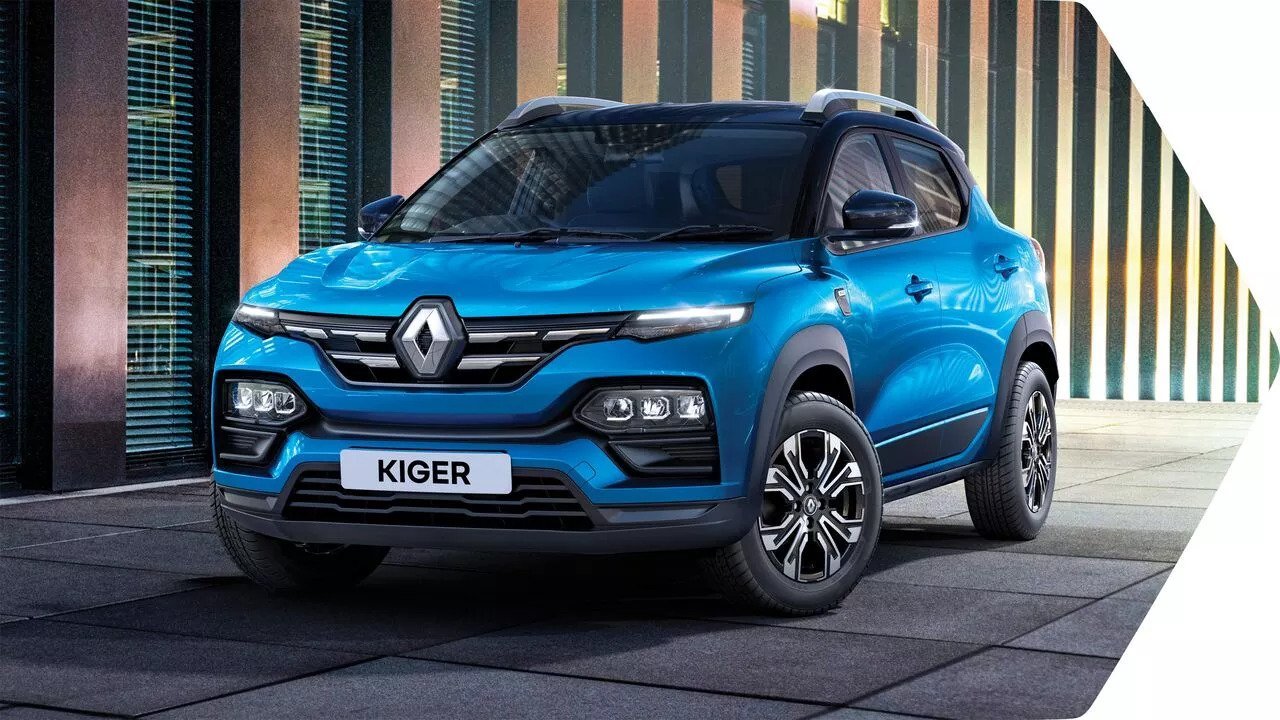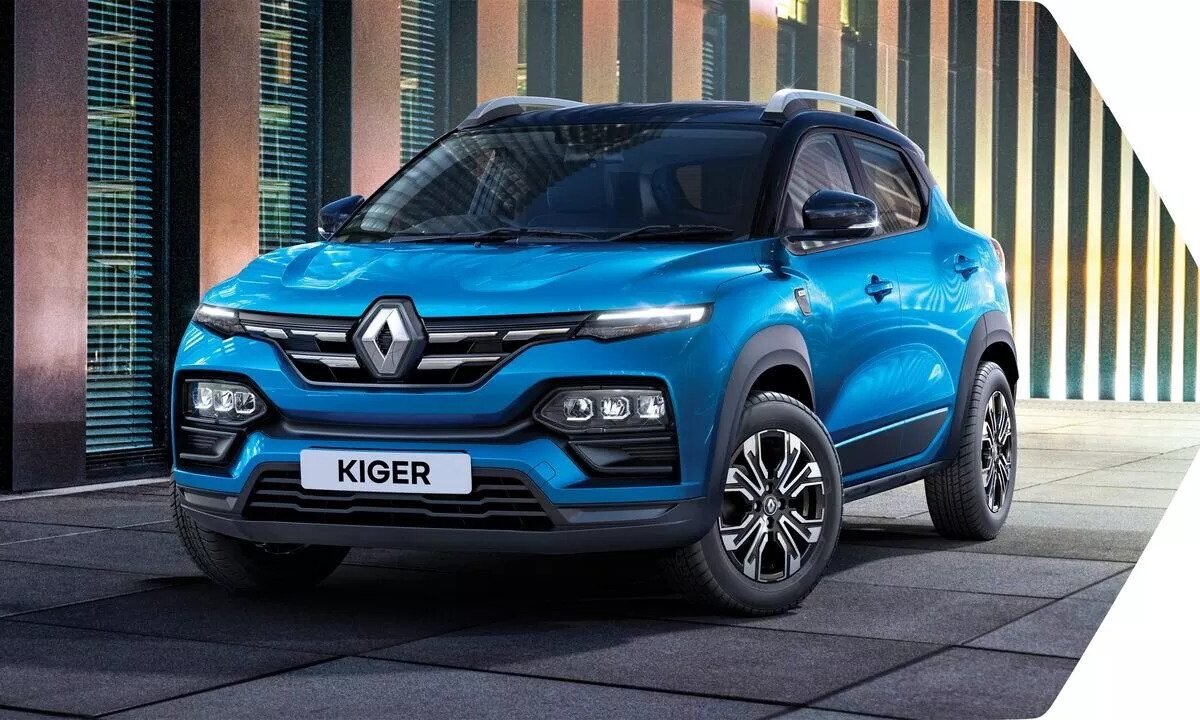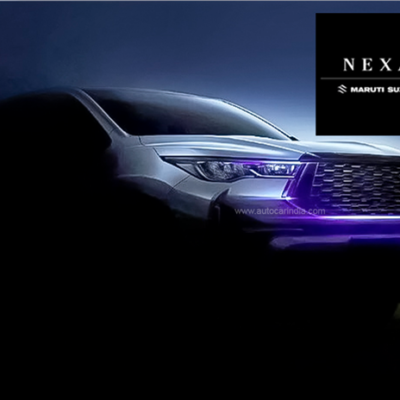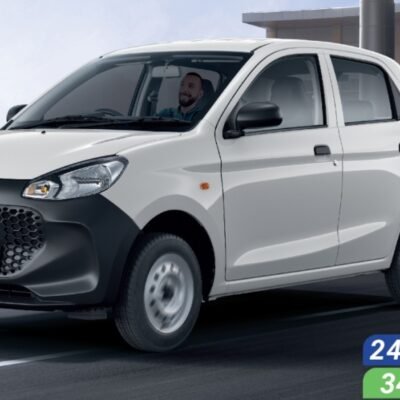Renault Kiger May Achieve 4-Star Rating In Global NCAP
The Renault Kiger small SUV has crashed and will shortly reveal its safety rating, the Global NCAP, Automotive Safety Vigilant. This crash test is yet to come following a 4-star safety rating from the Triber, Renault’s MPV, tested by Global NCAP.

In the current set of #SaferCarsForIndia crash testing of Global NCAP, Renault’s latest model, the Kiger, was already tested in India. The Renault Kiger underwent a 64kph offset crash test from Global NCAP. As for the Triber, the tested Kiger is probably the basis or mid-specific model, which is fitted with safety devices such as two airbags, a seatbelt reminder, and ABS.
We are told in our sources that Renault expects the Kiger to be 4-star since they use the same CMFA+ platform, which is also underpinned by Triber MPV. If this is true, this finding would offer a huge boost to the company in combination with the Triber rating.

In the previous three months, the Renault Kiger has had decent demand, with an average turnover of 2,655. The Triber has already shown its popularity to date and in April has reached the 75,000 unit sales milestone. A safety rating of 4 stars will thus only enhance the demand for both models further.
In addition, the Global NCAP has evaluated a number of Kyprus’ sub-4-meter SUV competitors, such as the 4-star rating Maruti Suzuki Vitara Brezza and the 5-star rating of Tata Nexon and Mahindra XUV300.
There are two engine possibilities at the Renault Kiger: a 72hp, 1,0-liter, of course, suction oil, and a 1,0-liter 100-hp turbo-oil. The naturally aspired motor can also have a 5-speed AMT and the turbo-petrol have a CVT option of 5-stage. While both engines can have a basic 5-speed manual gearbox.
The Renault Kiger has four Airbags, ABS, a seatbelt reminder system, a rearview camera, and back parking sensors with regard to safety features. The system also has a rearview camera.

In the future, global NCAP testing will become harder when further crash and safety testing requirements are introduced by the end of 2021. From 2022 the test ESC will be included in the test procedures of the organization. It intends to include more active safety technologies in its testing process and to offer a single rating by 2026 (instead of separate safety ratings for adults and children).




